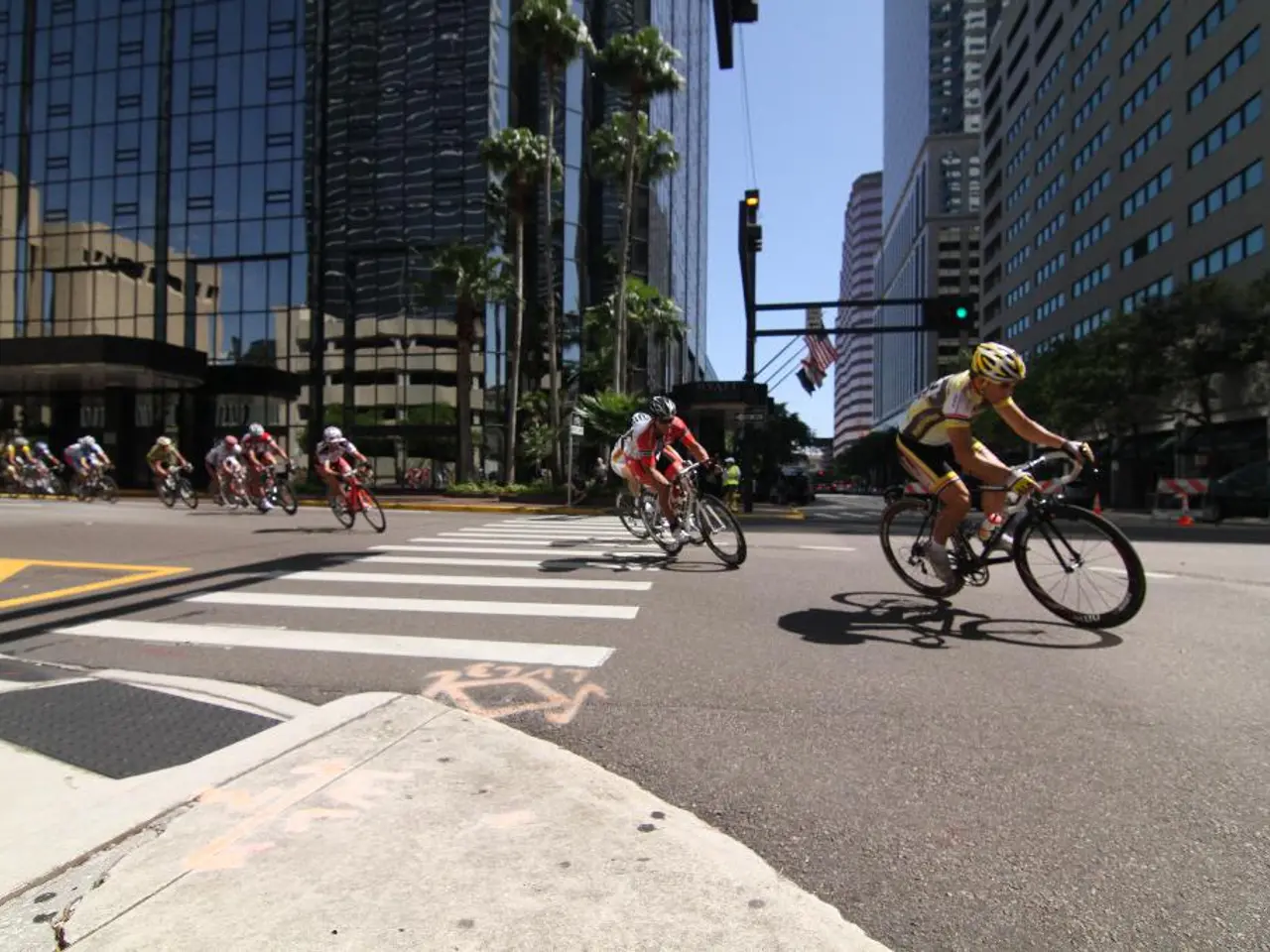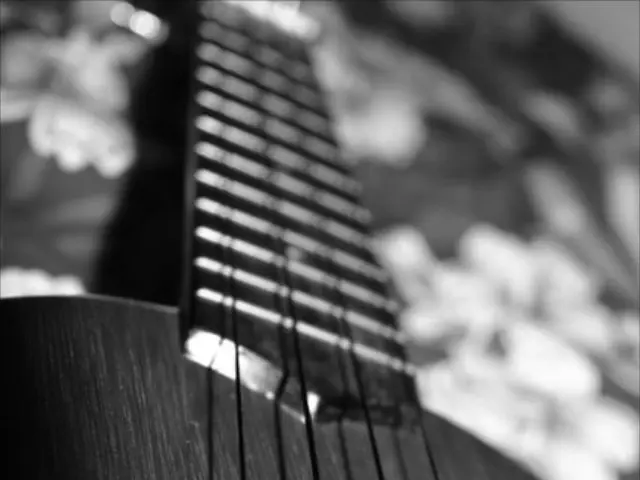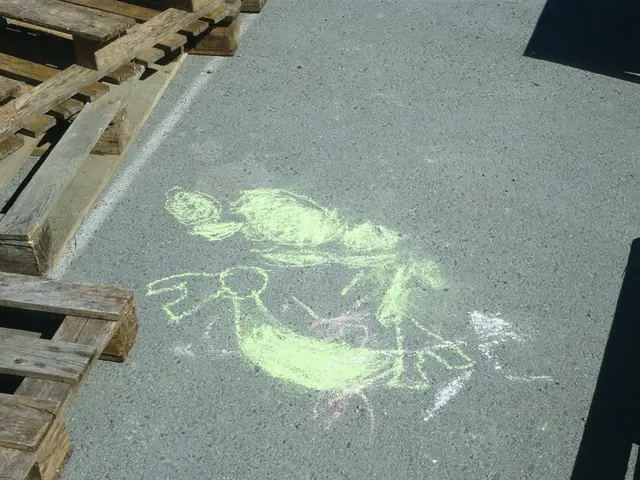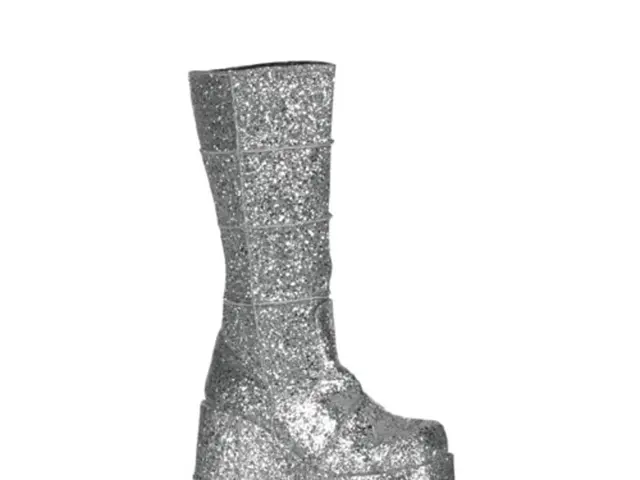Importance of Bottom Bracket Height in BMX Cycling (Affirmative)
The bottom bracket height on a BMX bike significantly influences the bike’s stability and responsiveness, and its impact varies depending on the rider’s style and terrain.
### Factors Influencing Bottom Bracket Height Impact
1. **Bottom Bracket Drop/Height Adjustment**: The bottom bracket height is commonly adjusted via bottom bracket drop, the vertical distance between the wheel axles and the bottom bracket. Typical ranges mentioned are about 35mm to 45mm drop, which can be fine-tuned slightly (~7mm adjustments) to tailor handling characteristics.
2. **Riding Style and Terrain**: - For freestyle or street BMX, a lower bottom bracket height tends to lower the rider’s center of gravity, enhancing stability during tricks, grinds, and technical maneuvers. It can make the bike feel more planted but potentially less responsive in terms of quick turns. - For race or park BMX, a higher bottom bracket provides more ground clearance, useful for jumps and rougher terrain. It may raise the center of gravity slightly, possibly reducing stability but increasing responsiveness and maneuverability for quick, sharp movements.
3. **Frame Geometry Interactions**: Adjustments to bottom bracket height often accompany changes in headtube and seattube angles. Steeper angles combined with specific bottom bracket heights influence handling stiffness, turn responsiveness, and overall rider positioning. For example, slackening angles and raising the bottom bracket can make the bike more agile but less stable.
### Effects on Stability and Responsiveness
| Bottom Bracket Height | Stability | Responsiveness | Best Suited For | |-----------------------|-----------|----------------|-----------------| | Lower height | Increased (lower center of gravity) | Slightly reduced (heavier, less nimble feel) | Freestyle, technical street riding, balance-intensive tricks | | Higher height | Reduced (higher center of gravity) | Increased (quicker to turn, more agile) | BMX racing, park riding, jump-heavy terrain |
### Additional Considerations
- **Rider Size and Weight**: Smaller riders or kids may benefit from lower bottom brackets to gain confidence in balance, while more aggressive riders might prefer higher bottom brackets for clearance and quick maneuvering. - **Adjustability**: Some BMX frames allow small precision adjustments to the bottom bracket height, enabling riders to tweak the exact feel of the bike based on their preferences or terrain.
### Summary
The bottom bracket height influences BMX bike handling by balancing stability and responsiveness. Lower bottom brackets favor stability and balance for technical and freestyle riding, while higher bottom brackets enhance agility and clearance for racing and jump-focused riding. These effects are further modulated by frame geometry and rider needs, making bottom bracket height a key tuning parameter for BMX performance. It is measured by taking the height between the center of the BB shell and the ground, and all BMX brands calculate BB height using the same formula, with no deviation between brands.
Gadgets like bottom bracket adjustment tools can help riders fine-tune their BMX bike's stability and responsiveness by managing the bottom bracket height. Additionally, the choice between gadgets offering technology for precise adjustments could significantly impact a rider's performance on the track or street, depending on their favored sport or riding style.







